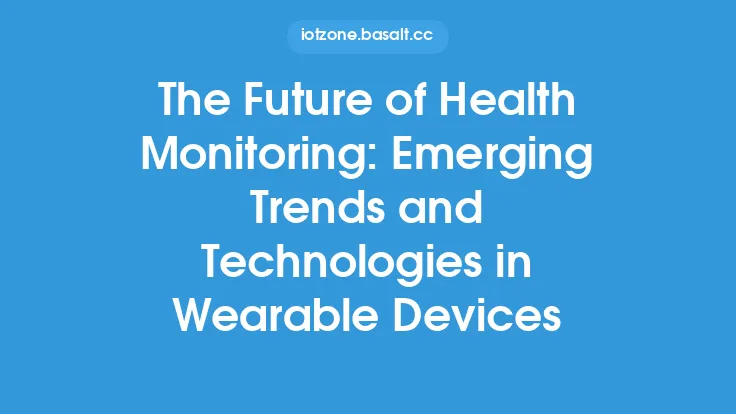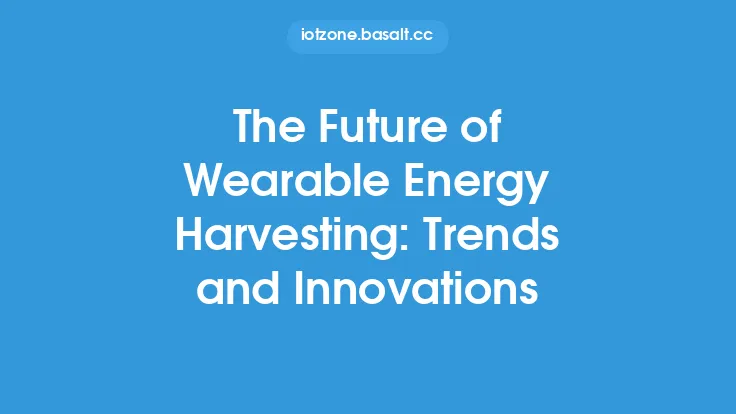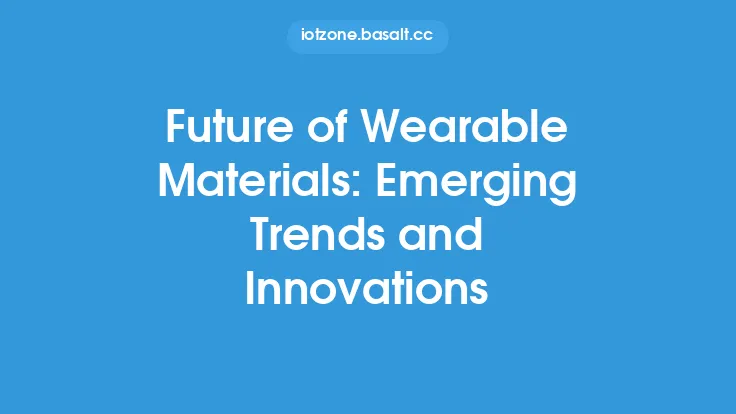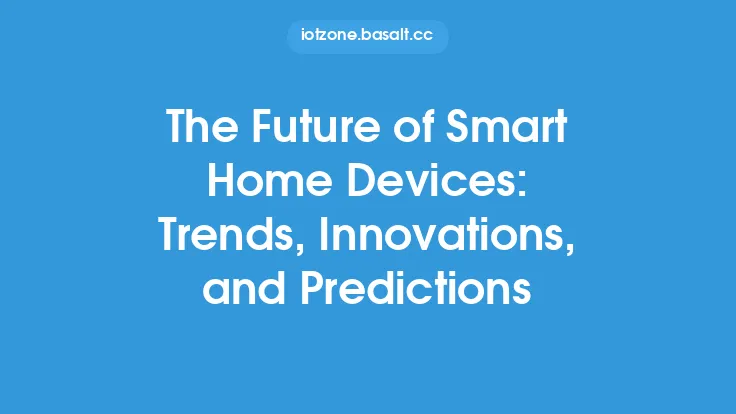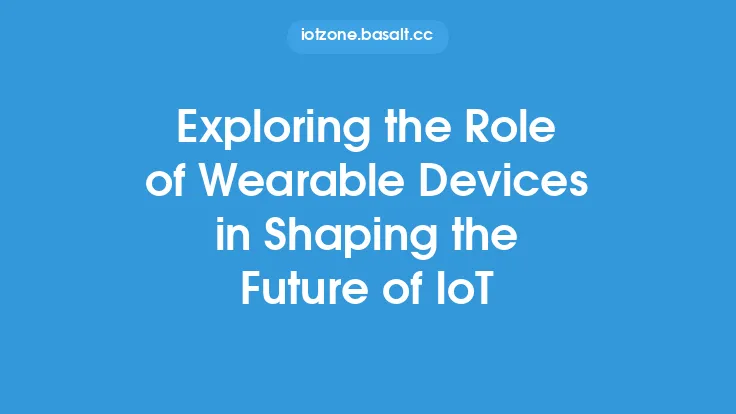The world of wearable devices has experienced tremendous growth over the past decade, with the market expected to continue expanding as technology advances and consumer demand increases. Wearable devices, such as smartwatches, fitness trackers, and augmented reality (AR) glasses, have become an integral part of daily life, providing users with a wide range of benefits, from tracking physical activity and monitoring health metrics to receiving notifications and controlling music playback. As the wearable device market continues to evolve, it's essential to explore the current trends and future directions that will shape the industry.
Current Trends in Wearable Devices
Several trends are currently driving the wearable device market. One of the most significant trends is the increasing focus on health and wellness. Many wearable devices now include advanced health monitoring features, such as electrocardiogram (ECG) sensors, blood oxygen level monitors, and stress tracking. These features enable users to take a more proactive approach to their health, allowing them to detect potential issues early and make informed decisions about their well-being. Another trend is the growing popularity of smart clothing and textiles, which integrate wearable technology into everyday apparel. This trend is expected to continue, with companies like Nike and Adidas already incorporating wearable technology into their products.
Advances in Sensor Technology
Advances in sensor technology have been a key driver of innovation in the wearable device market. Modern wearable devices often include a range of sensors, such as accelerometers, gyroscopes, and magnetometers, which enable them to track a wide range of activities and metrics. For example, many fitness trackers now include GPS sensors, which allow users to track their runs, hikes, and other outdoor activities with greater accuracy. Additionally, the development of new sensor technologies, such as bioimpedance sensors and photoplethysmography (PPG) sensors, has enabled wearable devices to track more complex health metrics, such as body fat percentage and blood pressure.
Artificial Intelligence and Machine Learning
Artificial intelligence (AI) and machine learning (ML) are also playing an increasingly important role in the development of wearable devices. Many modern wearable devices now include AI-powered features, such as personalized fitness coaching and health insights, which use data from the device's sensors to provide users with tailored recommendations and advice. For example, some smartwatches now include AI-powered workout tracking, which can detect the type of exercise being performed and provide real-time feedback and guidance. Additionally, ML algorithms are being used to analyze data from wearable devices, enabling researchers to gain a deeper understanding of human behavior and develop more effective interventions for a range of health conditions.
Future Directions
As the wearable device market continues to evolve, several future directions are likely to shape the industry. One of the most significant trends is the increasing focus on augmented reality (AR) and virtual reality (VR) technology. AR glasses, such as those developed by Vuzix and Epson, are expected to become more mainstream, enabling users to interact with virtual objects and information in a more immersive and engaging way. Another trend is the growing importance of security and data protection. As wearable devices become more sophisticated and collect increasingly sensitive data, it's essential that manufacturers prioritize security and ensure that user data is protected from unauthorized access.
Emerging Technologies
Several emerging technologies are also expected to have a significant impact on the wearable device market. One of the most promising technologies is graphene, a highly conductive and flexible material that could enable the development of more advanced wearable devices. For example, graphene-based sensors could be used to track a wide range of health metrics, from blood pressure to brain activity. Another emerging technology is nanotechnology, which could enable the development of smaller, more powerful wearable devices. For example, nanoscale sensors could be used to track environmental pollutants, such as particulate matter and volatile organic compounds (VOCs).
Challenges and Limitations
Despite the many advances in wearable device technology, there are still several challenges and limitations that need to be addressed. One of the most significant challenges is the issue of battery life, with many wearable devices requiring frequent charging. Another challenge is the lack of standardization, with different devices and platforms often using incompatible data formats and communication protocols. Additionally, there are concerns about the accuracy and reliability of wearable device data, with some studies suggesting that certain devices may not provide accurate measurements of health metrics such as heart rate and blood pressure.
Conclusion
In conclusion, the wearable device market is expected to continue growing and evolving in the coming years, driven by advances in sensor technology, AI, and ML. As the market expands, it's essential that manufacturers prioritize security, data protection, and standardization, while also addressing the challenges and limitations of current wearable device technology. By doing so, wearable devices can realize their full potential and provide users with a wide range of benefits, from improved health and wellness to enhanced productivity and convenience. As the technology continues to advance, it will be exciting to see the new innovations and applications that emerge, and how they will shape the future of the wearable device market.
